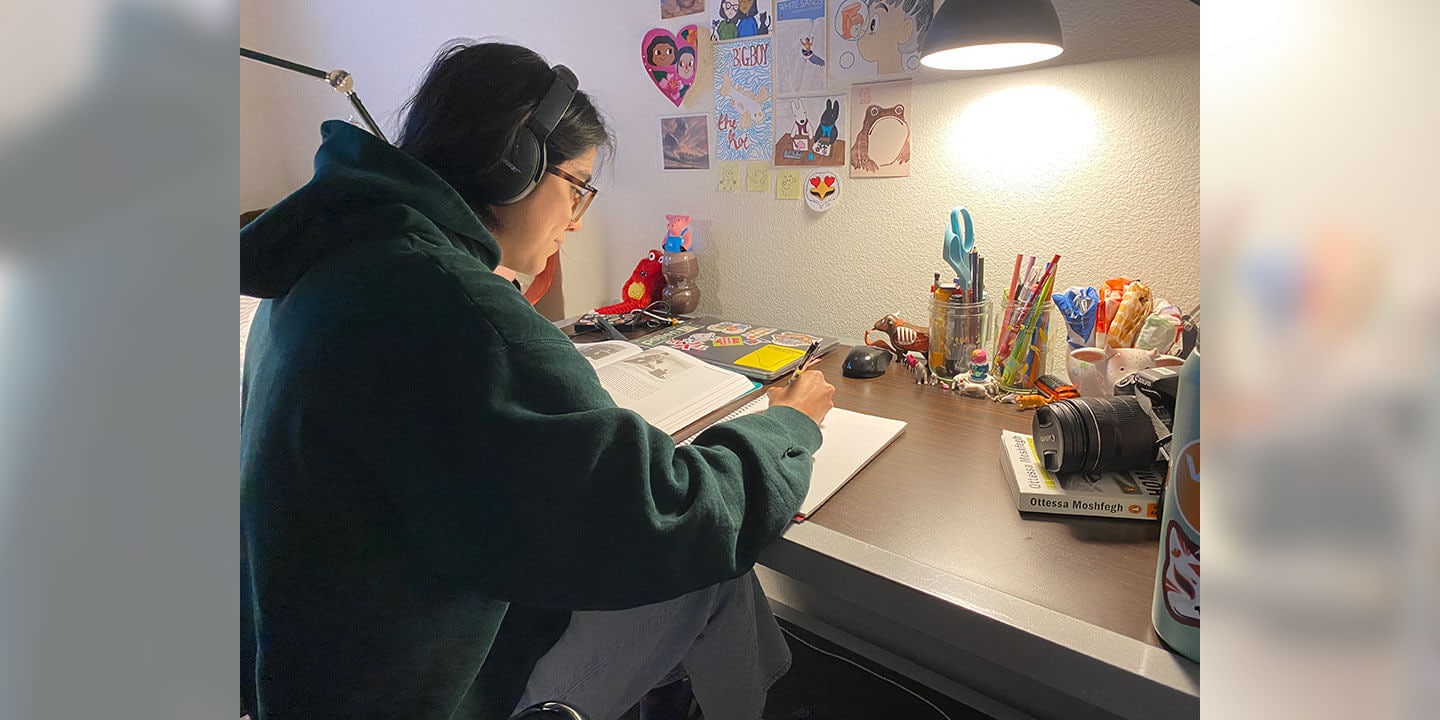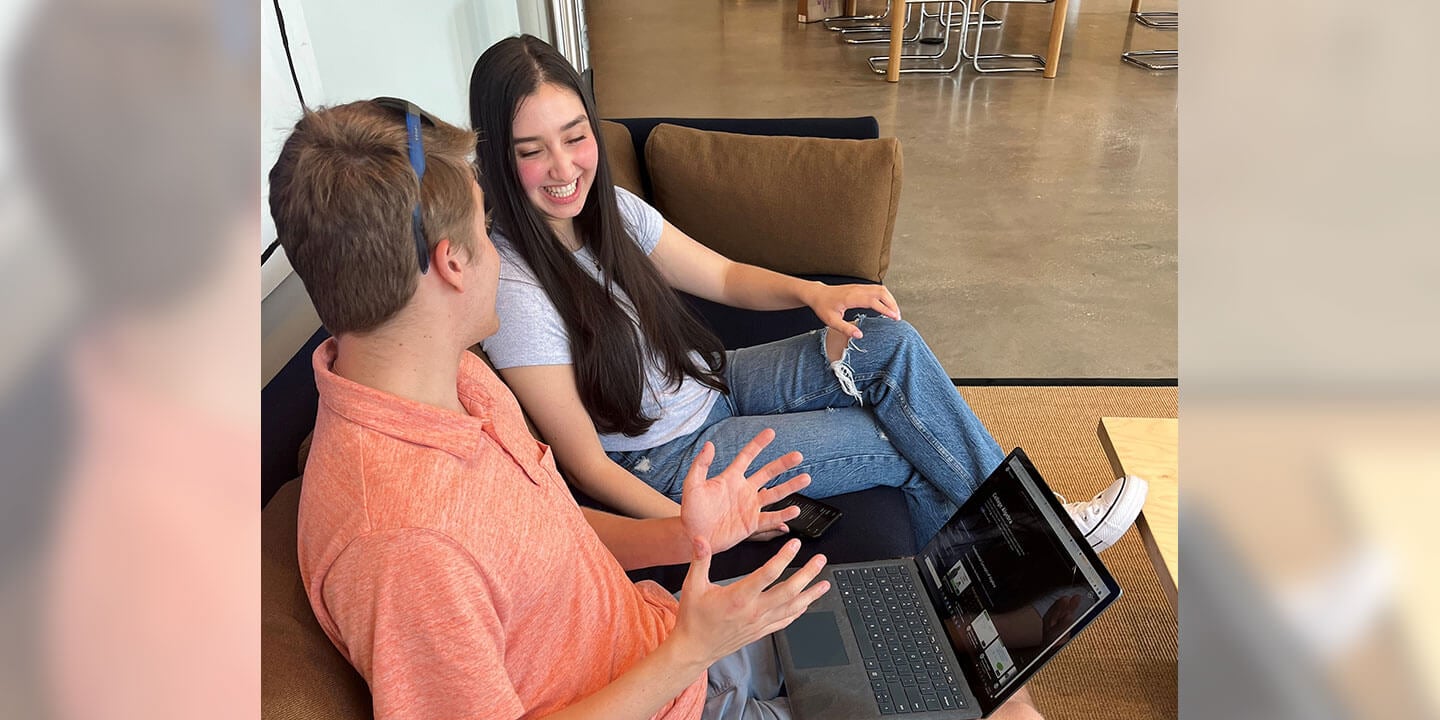
Five Tips to Help You De-Stress!
Managing day-to-day college life can be a tough time, from managing time commitments, striving to stay organized, maintaining relationships, and even meeting that 11:59 pm deadline. Constantly trapped in your mind with so many thoughts, you just want that one moment of relaxation. Here are five tips/ways to de-stress:
Meditate
Meditation is scientifically proven to help decrease stress and promote an overall wellbeing. If you are a beginner, starting out is very simple; you can look up “guided meditation” videos and/or audios to help move you through the tranquil process. Most videos or audios range from five to fifteen minutes. Choose what fits into the time you have available.
Take Breaks
Another way is just to take a break. Even though this seems like a cliche, it seriously helps you clear your mind off your task. Stress can take over not just our mental, but our physical health as well. Just by taking a few minutes away for yourself, you can do certain things that you enjoy such as: listening to music, taking a bubble bath, doing a facemask, or even calling up a friend. These few alone-time minutes can seriously help you and your mental health.
Get Moving
Move around and keep your body active to de-stress! While exercising, your body releases positive hormones called endorphins, which means that it’ll help you feel less stressed. There are many ways of exercising, whichever one you choose to partake in, your stress levels will slowly but surely decrease. Take a walk around your campus, enroll in a dance class, or go to your local gym for an hour or two.
Unplug From Your Devices
Another tip is “unplugging”. This is one I personally struggle with sometimes. To “unplug” is to move away or turn off the electronic device that’s distracting you from the task at hand. Since Gen-Z grew up with this type of technology, it’s a little difficult to take it out of our lives even just for a couple of minutes. We’re so used to looking at the blue light, waiting for a notification from our favorite person or influencer. Simply putting your phone in the “do not disturb” feature or silencing it will help you not worry about it as much.
Journal
Lastly, step away from a stress-filled situation to spend a few minutes journaling. Writing your thoughts down can help increase positive thinking and even help you better understand yourself. If you not sure where to start, search online for many different interesting prompts to help you on your journaling journey.
Overall, stress is something all college students experience and strive to manage. I hope these de-stress tips helped you out!
Do you have a compelling story or student success tips you’d like to see published on the Pearson Students blog? If you are a college student and interested in writing for us – click here to pitch your idea and get started!







